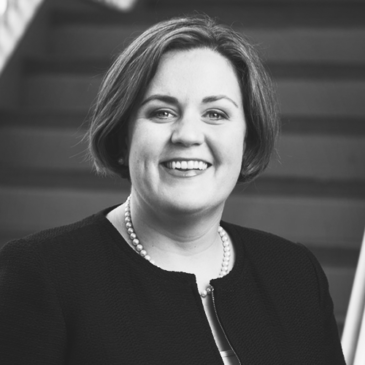Dr. Kate Walsh was named the seventh dean and E.M. Statler Professor of the School of Hotel Administration on June 16, 2017. She served as interim dean and E.M. Statler Professor for one year beginning July 1, 2016, the first day of operations for the Cornell SC Johnson College of Business. A professor of management, she has been a member of the school’s faculty since 2000. Dean Walsh received her PhD from the Carroll School of Management at Boston College and her MPS degree from Cornell’s School of Hotel Administration. She holds a Bachelor of Science in accounting from Fairfield University.
Dean Walsh came to Cornell with extensive industry experience, including posts as director of training and development for Nikko Hotels International, corporate training manager for the former Bristol Hotels, and senior auditor for Loews Corporation. She is also a former New York State Certified Public Accountant.
Since the beginning of her administration, Dean Walsh has focused on revamping the Hotel School’s alumni outreach; working with the faculty to undertake a comprehensive review of the graduate and undergraduate curriculums; and reengaging with the hospitality industry, most notably through the creation of an industry immersion initiative for faculty. Already, members of the faculty have traveled to Washington, D.C., New York City, and Los Angeles to learn from corporate executives and other experts in the hotel, restaurant, real estate finance, and technology sectors.
In addition to these ongoing efforts, Dean Walsh is working in collaboration with her colleagues on the Cornell SC Johnson leadership team on growth initiatives to strengthen the school and take advantage of opportunities afforded by the establishment of the college, including the potential to develop programming in New York.













